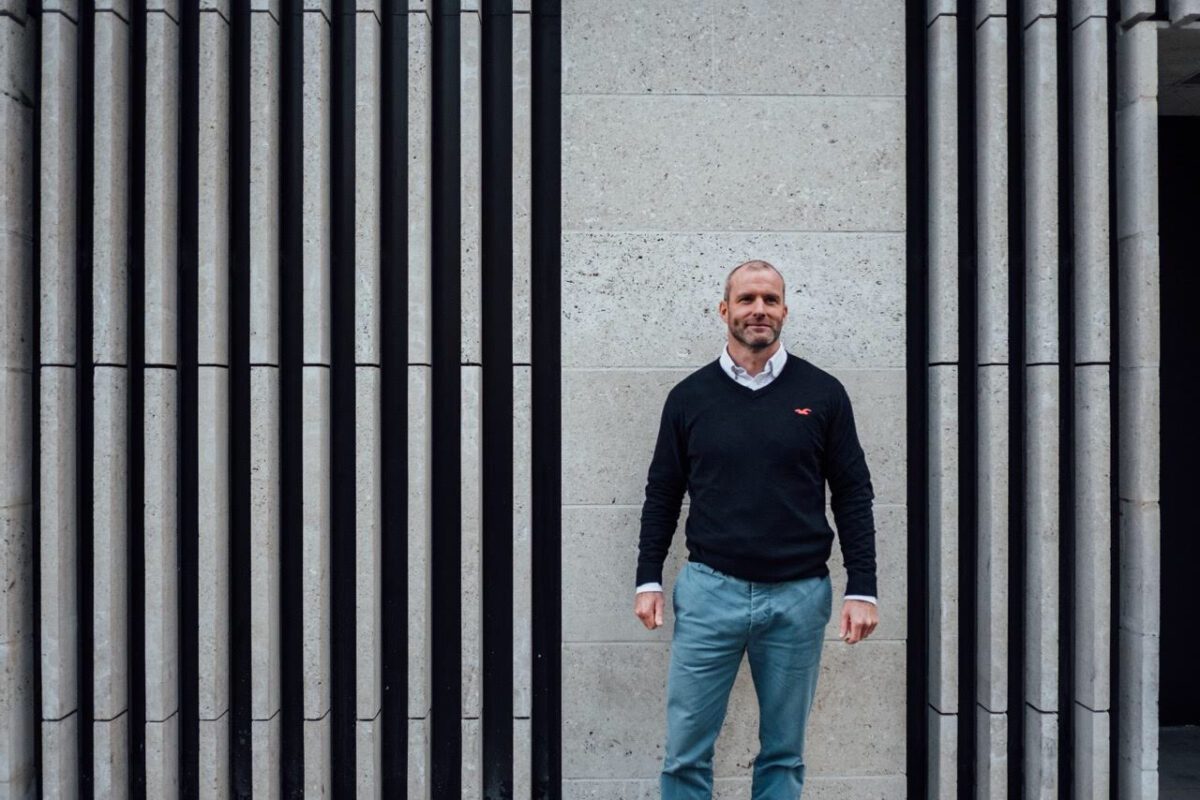Why does sport engage and recruit early talent better than any other industry sector?

We constantly see examples in sport of exceptional talent exploding onto the national and international stage. Teen prodigies such as Emma Raducanu, Jude Bellingham, Noni Madueke and Marcus Smith.
Even though they are still developing and refining their all-round talent, their state of physical and mental maturity, along with injury free progress and grasping opportunities with both hands, has clearly supported their rise.
But how do these, and other young athletes, develop their talents to reach the international stage ahead of tens of thousands of others all pursuing the same dream?
How can these young people develop the skills they need so quickly to the point that they are able to positively impact their industry with such dominance?
More on that later…
‘Having an understanding of what the different stages of talent are will allow the ‘team’ to plan the structures and people to deliver an effective talent system. Sometimes it appears to me that talent development is left to chance. Agreeing some guiding principles is also important as it challenges the emotion and bias that we all have’.
– John Fletcher, Head of Pathways & Elite Coach Development, Scottish Rugby Union and Co-Founder, The Magic Academy
Even if the individual talent matures into their role by the age of 21 or 22, what is it about sport that sees talent being identified and placed on development pathways so early?
As a parent and former teacher, I can say with absolute certainty that specific talents, interests and natural ability can be identified in young people from a very early age, whether this is a talent for mathematics, engineering, art or sport. If early talent identification and development pathways are so successful in one sector, why do the majority of industry sectors wait until young people are graduating before they try to engage with talent?
Companies talk about investing in their people. Sport talks about doing the same, but builds a process by which both talent and employer develop a relationship that supports growth and decision making on both sides when it comes to the signing of contracts. To invest is to allocate money with the expectation of a positive benefit/return in the future or over a period of time. This involves planting seeds early and preparing for the jobs of tomorrow with the skills of today. One of my favourite quotes I used when coaching was ‘failure to prepare is preparation to fail’.
Surely by investing in our people, this should also include our ‘future people’ and preparing for success?
We can get into discussions about levels of physical and mental maturation, however, the facts are that we can identify and engage talent much earlier than graduate level and therefore, is there an argument to suggest more should be being done to ‘invest’ in our future talent and skills across more industry sectors?
So what is it about sport and talent identification that works better than in other sectors?
As an example, John Fletcher outlines his view of the process in sport:
- Talent (Agree what your environment means by talent i.e. Professional player or plays 10 times for their country)
- Talent Identification – The process of identifying talented individuals, typically between the ages of (agree the age where you start to Identify talent).
- Talent Development – The allocation of resources – including coaching, sports science services, medical care, personal development and competition programming – to talented individuals with the intention of optimising their development. This is a process involving continuous assessment and evaluation.
- Talent Selection – The selection of the apparently most talented individuals at the start of the talent confirmation period, typically between the ages of (agree the ages where you will select talent) nomination to the national academy.
- Talent Confirmation – A period, typically of 12 – 36 months, of continual assessment concluding with a commitment of belief in a player.
John Fletcher, Head of Pathways & Elite Coach Development, Scottish Rugby Union and Co-Founder, The Magic Academy
In my previous role as a Director of Sport and Rugby in the education sector, I have witnessed first hand the lengths sport is willing to go to in order to identify talent early enough to make a difference. When I say make a difference, this relates to their ability to engage early enough with the student athlete to support their development and nurture their talent, but also to guide their pathway so the student athlete has the best chance of making the right choices for them in order to succeed.
As we read about all too often, this can create tunnel vision for the young person and without a balanced view on their future options can cause catastrophe if the primary target of becoming a professional athlete doesn’t work out. But let’s for now assume the balance is there, you have a young person who is showing talent as an athlete. Within the sports sector, this young person is connected/engaged early with clubs and coaches who are there to develop this talent. Academic institutions at school, college and university level will also travel the country to open up education pathways to again nurture this talent. Agents (let’s not get onto the good or bad versions of this) are also in the process to help guide decision making. Finally, behind all of this pulling the strings is the end recruiter, the professional club or athletic organisation who has influenced, if not funded, the entire journey for that young person as an ‘investment’ in their organisations future success.
‘Engagement with schools is a critical component of Sage’s recruitment strategy, as Apprentices and Graduates will help shape our business and the skills we need for the future.
‘Establishing relationships with students at an early age will ensure that they are aware of Sage and what we can offer them when they are ready to start their career. They bring fresh ideas and innovation, are natural ambassadors for diversity, equity, and inclusion and in turn, receive mentorship from some of our top talent and full empowerment in their role’.
– Victoria Rowland, Early Careers Talent Acquisition Partner, Sage
I appreciate the concept of clubs being in every town, but the success of the best sporting clubs in the world is regularly attributed to the success of their grass roots and academy programmes. If you can identify mathematical talent, for example, at the age of 8, 11, or 14 (which I would argue you most definitely can), in a similar way to athletic talent, why shouldn’t the same early talent model apply?
All this said, industry is getting better at engaging with education and early talent. We know some employers are linking industry related skills with exam syllabus content, not only helping students prepare better for exams, but identifying those who might have stronger subject, and therefore industry related abilities. Others are doing a huge amount in the early talent space to widen accessibility to their pathways.
‘By working with schools we hope to inspire young people to make more informed decisions regarding Universities, apprenticeships or early careers and how their natural or learned abilities can flourish in an environment such as trading the global financial markets. We have seen a number of newly inspired people come through our Internship and Work Experience programmes and are passionate about continuing to provide opportunities for students’
– Miles Hayward, Business Partner and Head of Graduate Trader programme, Mako Trading
As we hear more about the Government’s £3.8 billion investment in education skills and commitment to apprenticeships and technical education, degree apprenticeships will undoubtedly grow and grow. As many companies are looking for that important character/culture fit in their employees, there are many recruiting for attitude and not for skill, as you can teach skills.
Degree apprenticeships are definitely a step in the right direction and similar to a sporting apprenticeship, they enable industry to engage earlier and develop/train the employees that suit their business and build relationships.
However, referring back to earlier points, young people have formed their opinions, chosen their subject pathways and closed off potential doors, well before they reach their degree apprenticeship choice. If they have not had exposure to the sector it will be hard for even 16 and 18 years olds to make these decisions.
Not only does engaging early improve and support an employer’s ability to engage a pipeline of potential talent, it raises the aspirations of young people who are the recipients of those engagements. For many young people, pursuing a dream to be an engineer is the same as the student next to them pursuing a dream to be an athlete, however currently, the sporting industry identifies and supports the latter students years ahead of the engineer.
Just to note, before anyone starts dropping careers fairs into this conversation, we’re in the 21st century digital world. Most students walking around that sports hall don’t know what the logo or abbreviated letters stand for, never mind what pathways they offer. We have a skills gap – ‘do what you’ve always done, get what you always get’ – a skills gap!! It’s time to think out of the box. Maybe look at how successful sectors are doing it and do your own version. How do you involve students earlier and create genuine engagement with early talent?
‘Tell me and I forget, teach me and I may remember, involve me and I learn’
– Benjamin Franklin











Responses